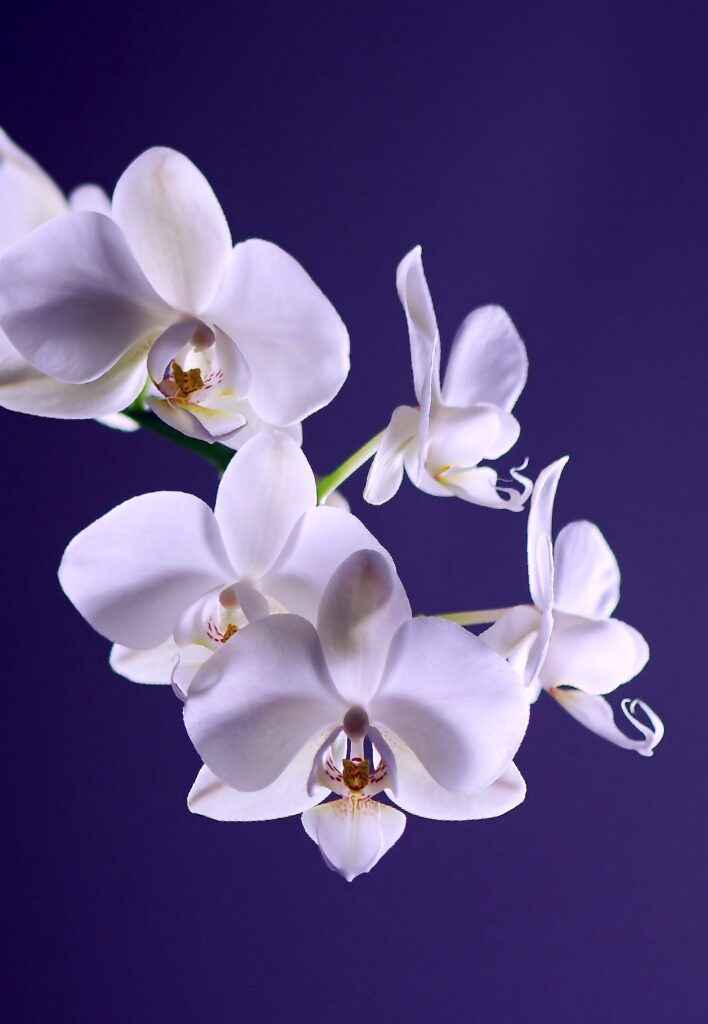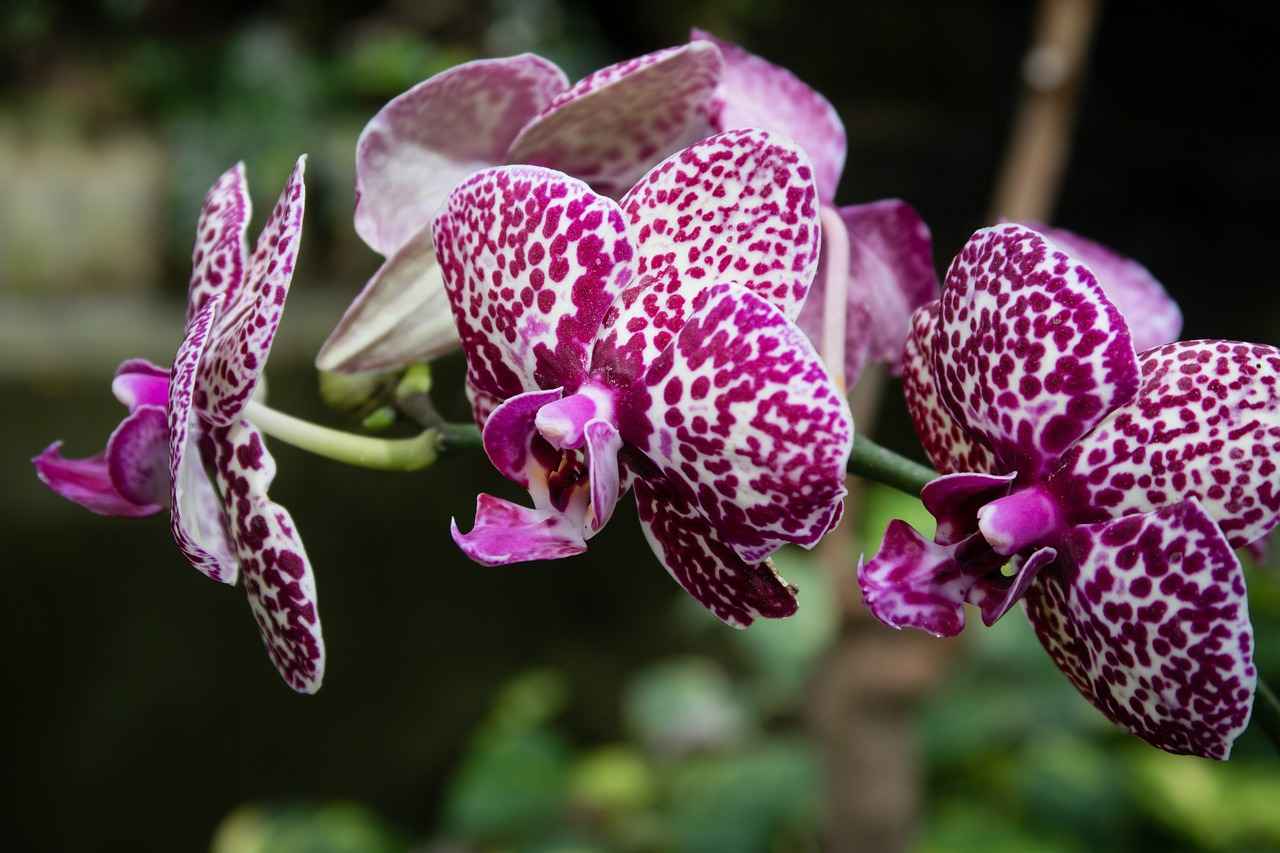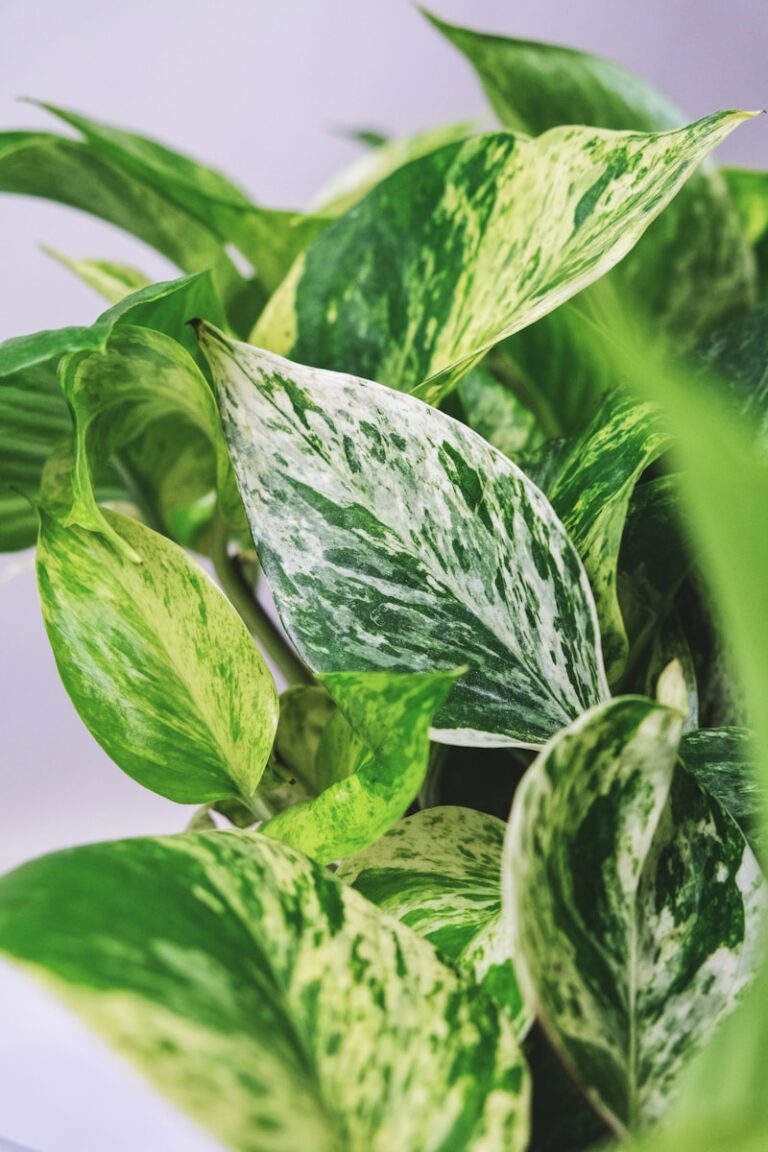Orchid care after flowering
Orchids can bloom continuously for several months, gradually developing new flower buds. However, when the last orchid flowers fall off, we often don’t know what to do. Meanwhile, orchid care after flowering is very important if you want the plant to survive and bloom again. See what to do when the orchid is blooming and how to encourage it to bloom again!
Two stages for orchid care after flowering
Care for orchids after flowering consists of two stages as a rule. The first is to trim the shoot on which the plant has bloomed, and the second is to provide the orchid with a dormant period in which it will regenerate before flowering again.
Proper handling of a faded orchid, however, differs slightly depending on the type of orchid you are dealing with.
Pruning the orchid after it has bloomed
Orchids that produce pseudobulbs or rhizomes (including Oncidium, Cattleya, Cymbidium, Dendrobium, Zygopetalum, Paphiopedilum) do not flower a second time from the same pseudobulb. Flower stems in this group of orchids grow exclusively from annual pseudobulbs. Therefore, after flowering, when all the flowers have fallen and the inflorescence shoot has dried up, it should be removed.
Why the orchid does not bloom?
Old pseudobulbs are no longer active, but are a store of water and food for new growths. For this reason, their removal is not necessary and even disadvantageous.

After 2-4 years old pseudobulbs die off and lose their attractive appearance. Then they should be gently separated from the plant and discarded.
In orchids that do not form pseudobulbs or rhizomes (eg Vanda, Doritis), after the flowers have faded and the stem has withered, the inflorescence shoot should be cut as close as possible to the highest leaf as it does not continue to bloom.
When left on the plant, a drying flower shoot stops the development of young shoots. Additionally, the plant, wishing to regenerate a dying organ, will gradually weaken.
The exception among orchids is Phalaenopsis. Representatives of this genus have the ability to re-flower on the same shoot. After the flowers of the Phalaenopsis orchid have faded and fallen, you can do two things:
- Simply remove the stripped inflorescence shoot of the Phalaenopsis orchid by pruning it as close to the highest leaf as possible. Then limit watering and move the orchid to a cooler place to regenerate before flowering again.
- You can also leave the shoot on the plant and observe it for the next several to several dozen days. If it turns yellow and withers, remove it. However, if it remains firm and green, you can trim it over the third eyelet (a thickening on the stem). Under favorable conditions, a young inflorescence or keiki shoot may develop at the cut site.
The period of rest after the orchid fades
After flowering is complete, all orchids need time to regenerate, i.e. a dormant period. Skipping this stage in the life of an orchid is a very big mistake and stops the development of young flower shoots. Under natural conditions, this period falls in autumn and winter.

Blooming orchids are available for sale all year round, so at home you have to put them into an artificially dormant period, regardless of the season.
After flowering, stop fertilizing the orchid, limit watering and sprinkling (until the substrate is completely dry) and move the orchids to a cool (approx. 16-20 ° C) and bright room for 2-4 months.
The orchid’s dormant period ends when the plants begin to sprout young shoots and roots. At this point, you should increase the frequency of watering and move the orchids to a room with a higher temperature.
Some orchids, such as Phalaenopsis, do not show a marked dormant period, although a slowdown in growth can be observed during the winter.
Although Phalaenopsis can repeat flowering almost immediately, it is worth putting it to sleep during the fall and winter to improve the condition of the plant. This will make the next flowering of the Phalaenopsis orchid more abundant.







